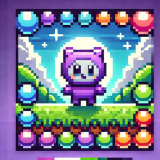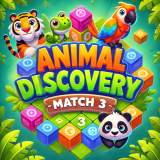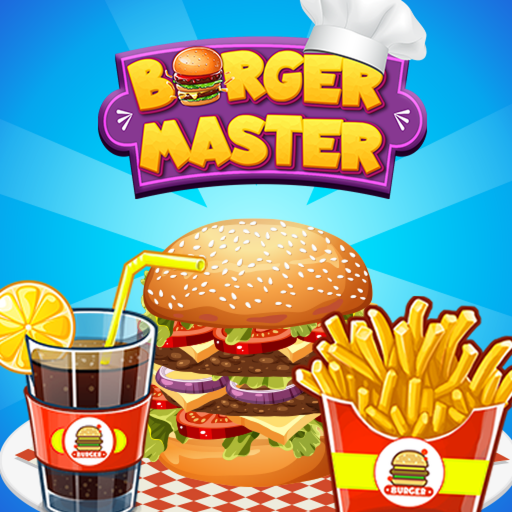The Gaming Industry is constantly changing, and game developers have to adopt new and emerging technologies to develop the most amazing and fun games.
If you target one platform, you will lose the audience of the other platform. Why waste your game’s potential and target merely a single platform? The solution here is to focus on several platforms and develop cross-platform games. This way, your game can target the audience of various platforms, and it will also benefit users who can play your game on any platform.
The mobile platform is the most dynamic and fast-growing; however, hardcore gamers prefer PC and console gaming. With cross-platform game development, you can target users across various platforms, and thus you can provide your game with the best opportunities.
In this article, we will look at why you should choose cross-platform games.
Let’s get started!
What is Cross-platform Game Development?
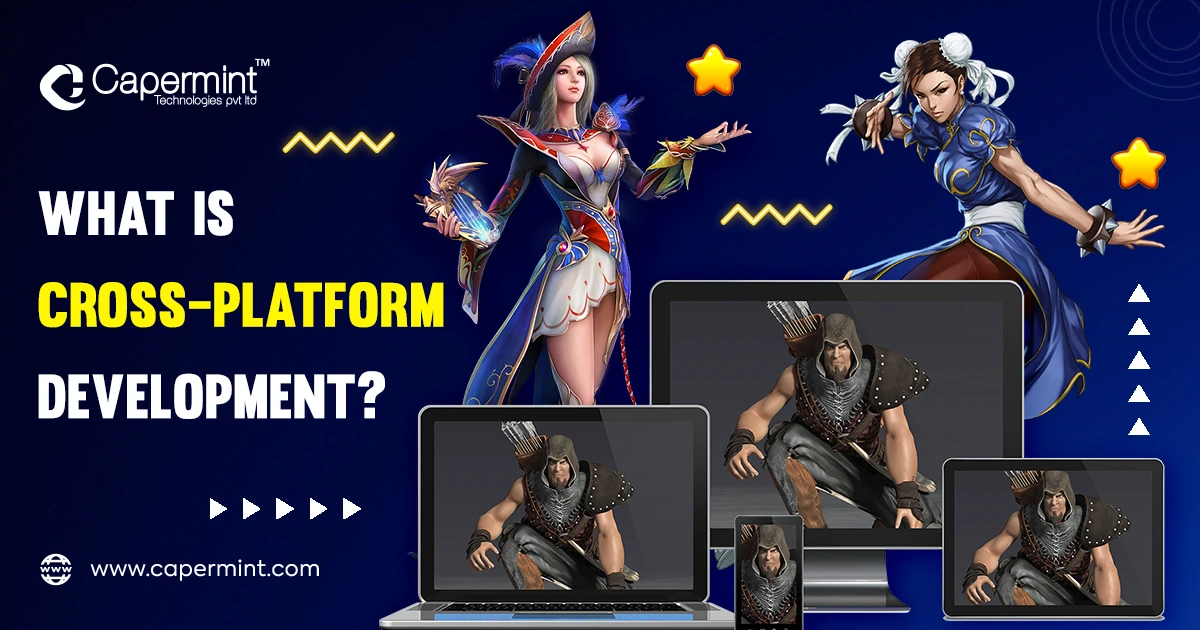
Cross-platform Game Development refers to developing a game that can play on different platforms. The Game Developers will use tools and techniques to build the game from a common code and make it available on different platforms.
A full-cycle development process is observed to develop a cross-platform game. The game is built for all the targeted platforms and then released for all the platforms simultaneously. If the game is available for a single platform, it can be ported to other platforms to transform it into a cross-platform game.
It does take longer to develop a cross-platform game. However, it is still quicker to develop a cross-platform than developing the game for a single platform and then porting it to different platforms.
Most interesting gaming platforms according to game developers in 2022
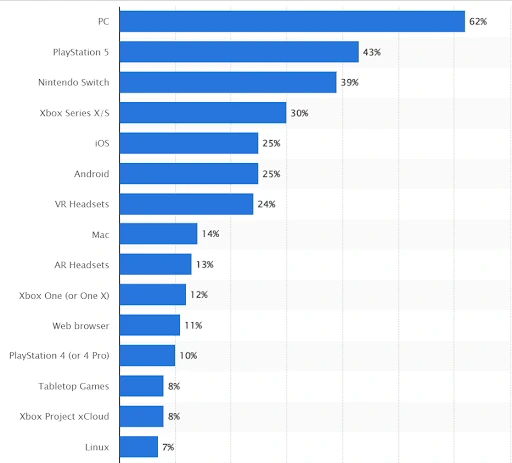
Benefits of Cross-Platform Games in 2024
A Cross-platform game that can play on PS5, PC, Mobile Device, Nintendo, Xbox, etc., will benefit you with a wider audience and allow your game to reach more potential players. A cross-platform game will also help your game provide the maximum impact on the gaming industry and the targeted audience. Here are other benefits of a cross-platform game:
1. Faster Game Development
Developing the game as a cross-platform game is faster than developing it for a single platform and then porting it to others. Developing the game as a cross-platform game from the get-go will also help attract more users.
2. Accessible
Each player has their preferred platform, and their favourite game usually belongs to that platform only. Launching a cross-platform game will allow your game to gain popularity quickly and more users.
3. Better Experience
Cross-platform games unite the communities of different platforms, allowing them to play and have fun together. This will provide a far better experience than what a single-platform game can provide with its limited number of users.
4. Cost Saving
Developing a cross-platform game will save you money in the development, marketing, and customer-acquiring stages. Cross-platform games are also far more profitable than single-platform games.
5. Reduced Maintenance Cost
Thanks to the single code base, the developers can push the update or fix the bugs using that code for all the platforms. This will save time and money. The efficiency of the code also increases, and it takes less time for testing.
6. More Effective Marketing
With a cross-platform game, you will not have to worry about competition between platforms for sale. You are targeting all the best platforms to focus on centralized marketing and attracting more users to your game.
How to make a Cross-platform Game?
Developing a cross-platform game does not mean employing various developers to develop and code the game for different platforms. Cross-platform game development is a single stream; the developer can use cross-platform game development engines to develop the game using a unified code. The developer can translate the code into different languages and package it into applications for different platforms.
Let’s have a look at the pipeline process of cross-platform game development:
1. Pre-production
The first stage of cross-platform game development starts with planning and laying out the project’s structure. The base of the pre-production is the idea or the vision behind the game. Then the idea will be converted into a gameplay form with different objectives and goals. The company will then create the game prototype that the client will pass, and the production stage will start.
2. Production
This is the hardest and the longest process of cross-platform game development. With the prototype as the base, the company will start the designing and development process of the game. The designers will design the characters, environment, Ui/UX, and other game elements. The developers will code the game on a cross-platform game development engine.
Game logic and mechanism will implement to create the gameplay experience. The developers will write a single unified code that will be transcribed to create the app for various platforms.
3. Testing & Release
The QA Testers will start their work and thoroughly test the game for bugs and errors; if they find any, they will eradicate or solve them. They will also test the game on different platforms as it’s possible that some parts of the code may not carry over well. After the game is error-free and bug-free and provides the perfect user experience and gaming experience, now is the time to launch the game.
The game can be partially launched as a beta version to see how the game performs, or the company can go with a full launch and launch the game on all the platforms.
4. Post Production
After the game’s release, the company has to appoint developers for regular maintenance, fixes, patches, and updates. The game will lose its grip without post-production work, reducing user experience. More levels for the game are to be launched to keep the game interesting. Also, monthly passes and challenges will keep the users entertained.
Tips for effective cross platform game development
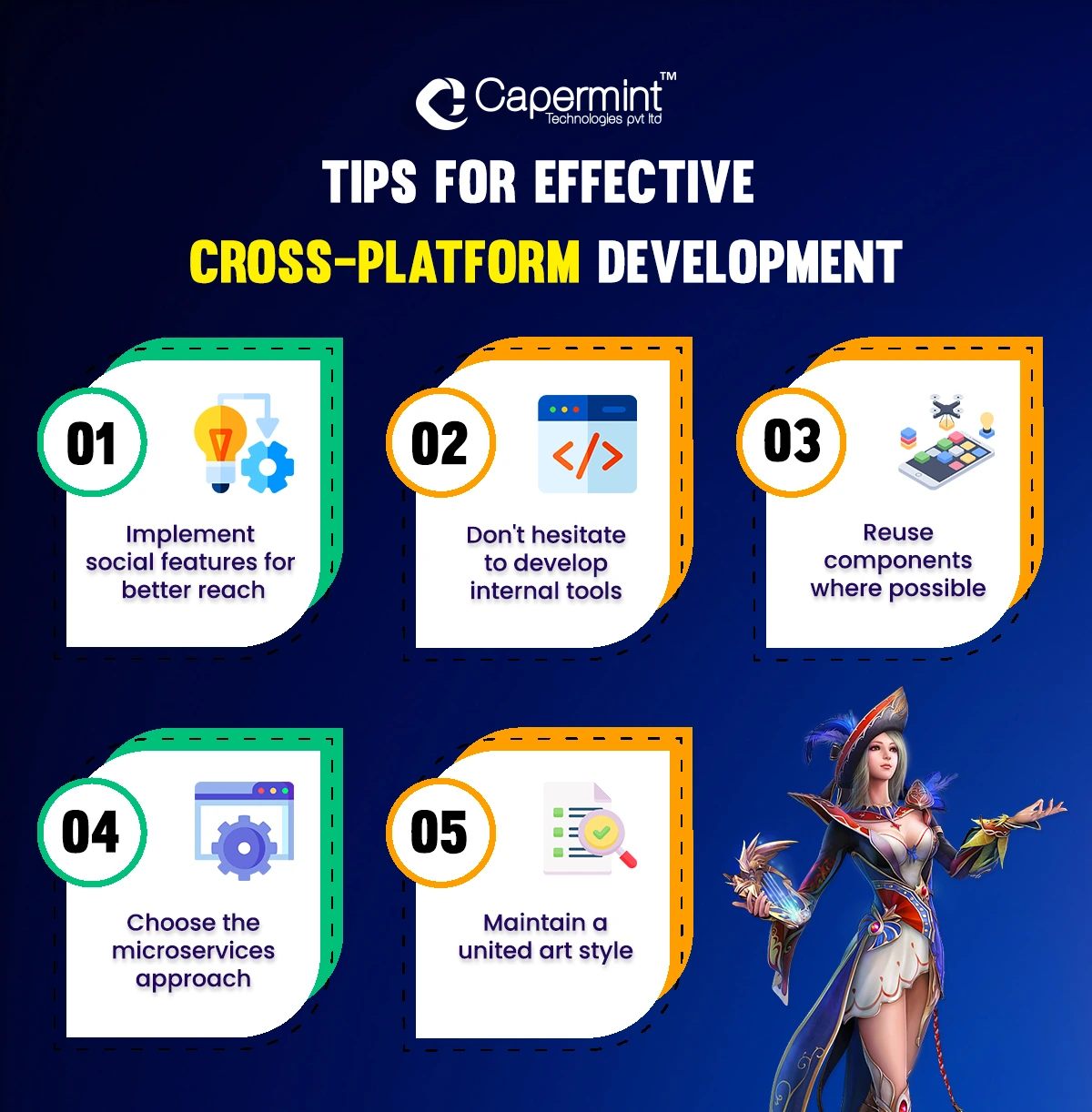
Here are some tips and tricks you should keep in mind while developing the cross-platform game for smooth and swift development.
— Implement social features for better reach
If your game is a multiplayer game, the users from different platforms will be able to play the game with each other using social features. They can also add players to the friend list. As a bonus, they can share their scores or gameplay on social media platforms, which will work as free marketing for your game.
— Don’t hesitate to develop internal tools
There are chances that the developer may face bottlenecks or problems which will need solving again and again. In such situations, it is highly recommended to use internal tools to automate the work so that the developers can focus on the more important stuff.
— Choose the microservices approach
Microservices make it easier for the developers to modify a particular module than fixing or changing the whole architecture to solve a tiny problem. This will save the developers a lot of time and make problem-solving easier and less time-consuming.
— Reuse components where possible
Many aspects of the game, like codes, 3D models, various elements, etc., can be reused in various parts. This will save time and energy. Using readymade and available codes can also help speed up the process.
— Maintain a united art style
The graphical and other capabilities of different platforms vary. You may be tempted to add different art styles to different platforms, but it will remove the definition of the cross-platform game. A cross-platform game should provide a unified experience to all the platforms, so you cannot use different art styles for different platforms.
What challenges can you face during cross-platform game development?
Developing a game is quite difficult, and the developers face various challenges while developing each project. Here are some of the challenges that you may face while developing the cross-platform game:
— Perfecting all the versions of the game
In cross-platform game development, the developers must code once, and then the code can be transcripted to various platforms. However, the developer will still have to pay individual attention to all the game versions to fine-tune the game based on the platforms.
— Console development is uniquely difficult
If you plan to launch your game on console platforms like PS5, PS4, Xbox, Nintendo, etc., your first step will be to get validation from these platforms. They will assess your project, and then they will decide if your game will be a good addition to their platform or not. Then they will provide you with their SDK and will most likely ask you to sign the NDA (Non-Disclosure Agreement).
— Navigating technical restrictions
All the platforms support different visuals and performances. Based on the platforms, you will have to configure and adjust settings like aspect ratio, screen size and resolution, and video and audio codecs. This will also take a lot of trial and testing to make the perfect version of the game for all the platforms.
— Organizing input and controls
Consoles, PC, and Mobile devices provide different controls, so for a cross-platform game, you must change the control settings for all the platforms. The developer has to create the VR controls if you are also going for a VR version of your game.
— Adhering to platform standards
There are strict requirements for gaining the game’s platform certification. Also, each platform has different standards, so the developer will have to follow different standards for each platform you target. These standards are very strict, and when you submit your game to the platforms, the developer may have to make substantial changes to match these standards.
Best Cross-Platform Game Engines
1. Unity 3D
Unity 3D is an all-in-one platform for game development. It is the most popular game development platform, thanks to its fantastic features, supportive pricing, and amazing capabilities. It is used to develop cross-platform games, thus saving development time, which in turn decreases the cost of development.
2. Unreal
The heart of shooting games is the Unreal Engine. It uses the c++ programming language and, thus, many developers use it. Unreal engine’s graphic characteristics are best for developing high-quality cross-platform games. The tools and functionality of the engine make it a great choice for games that require excellent graphics.
3. HTML5
HTML5 (HyperText Markup Language) is a language that is used for developing and sharing content on the World Wide Web. It is now widely used to develop games as these games can be easily played on various devices using the web browser. The games developed using HTML5 are cross-platform, and thus they allow the user to target a large audience.
4. Godot Engine
Godot is a free, open-source, cross-platform mobile game development platform. Almost every platform element is accessible by codes; thus, it is good for programmers. It is also used to develop 2D and 3D games of AAA quality. It is a versatile game development platform, and the node-based interface makes the platform more accessible.
5. Cocos2D-x
Cocos 2D-x is a cross-platform 2D game development engine. The owner of Facebook makes sure that everything about the engine is in detail. Third-party libraries can also integrate with Cocos 2D-x, and thus one can easily increase the functionality and features of the engine. The best thing about this engine is that one can develop games as small as 1.5 MB.

How Can Capermint Technologies help take your game to multiple platforms?
Cross-platform games will rule the coming years. This will allow you to target more users and exponentially increase your game’s reach.
Capermint Technologies provides an extensive range of services, including cross-platform game development. Our developers will help you target any platforms that you want. We have ample experience in developing cross-platform games. In addition to efficiently maintaining the entire code structure, we cover all important aspects, like support for cross-platform games. Our service will reduce the development cost and time, and our developers will provide you with the most effective cross-platform games.
We also provide porting service that will transform your existing game into a cross-platform game. This will increase your game’s reach, and you can target a bigger audience. We will handle all the porting issues and optimize the game for all the platform environments.

Conclusion
Cross-platform game development is costlier than a single-platform game; however, you will get access to a much wider audience. Also, it is cheaper to go for a cross-platform game from the get-go instead of launching it on a single platform and then porting it to others.
Why should you or your game settle for less when you can get a wider audience? Today, gamers are divided based on platforms; however, you can target everyone with cross-platform game development.
If you opt for a cross-platform game development company, it will be more eco-friendly for you. They have the right experience, expertise, and tools to develop the best cross-platform game. Contact us if you have a cross-platform game idea and are looking for a company to transform this idea into an actual cross-platform game.





